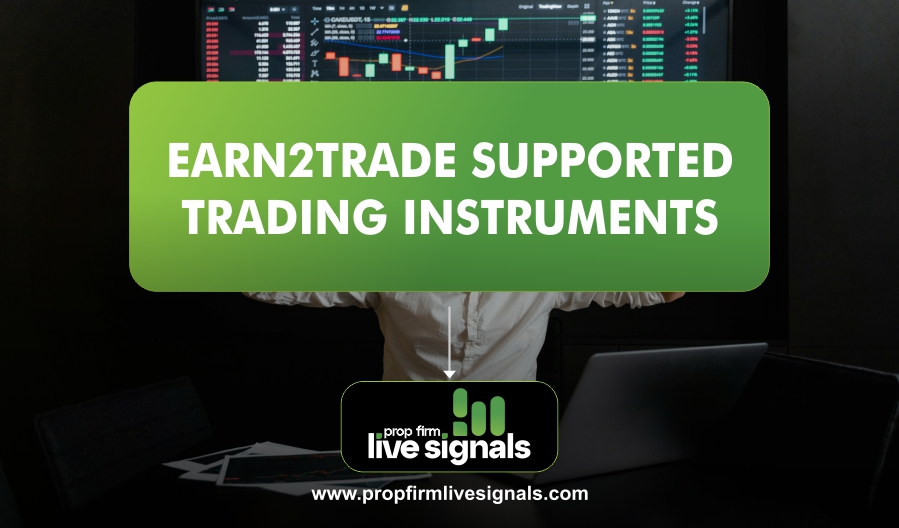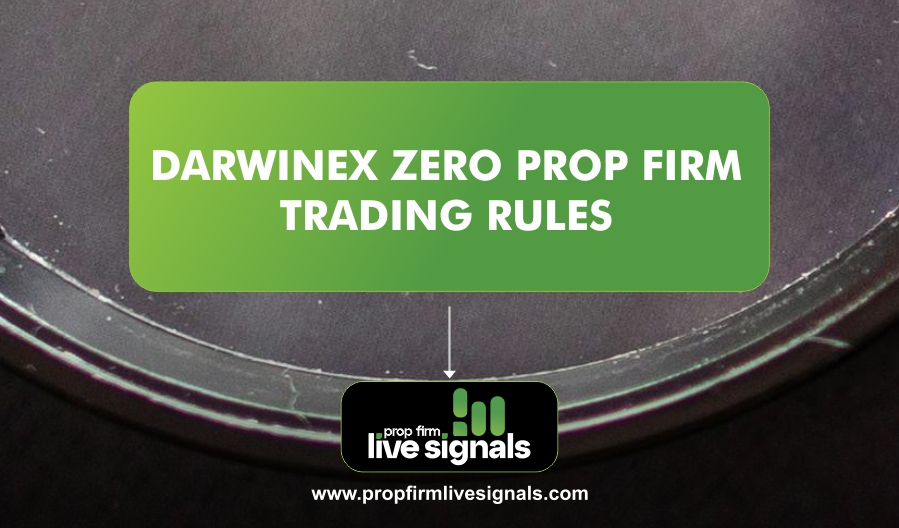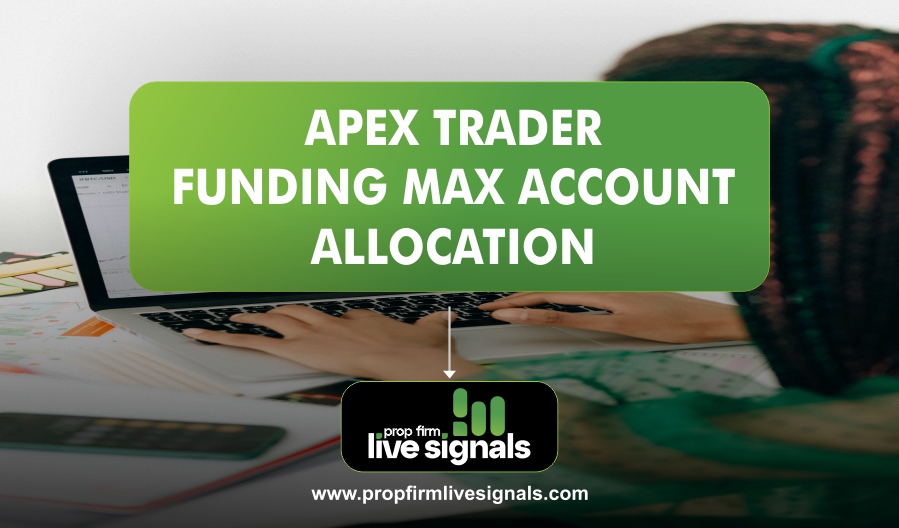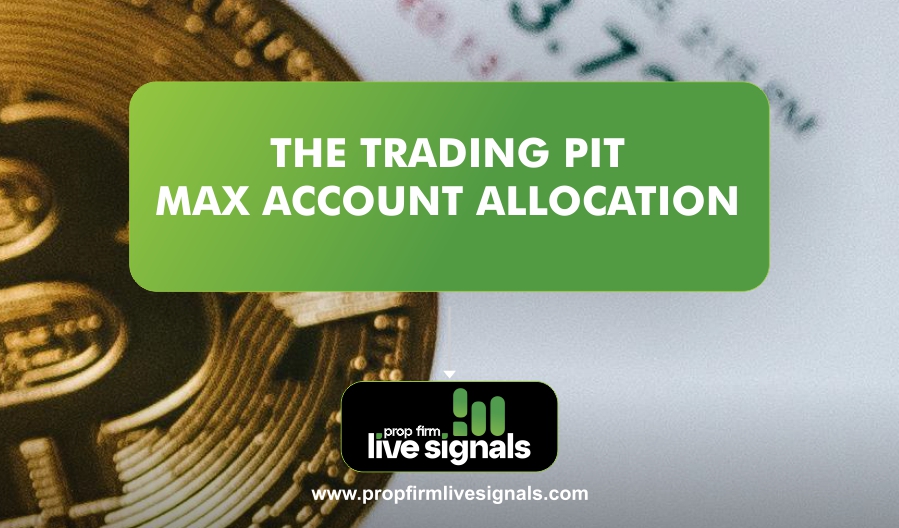Earn2Trade is a well-established trading education firm that provides training, evaluations, and pathways to funding. The company partners with proprietary trading firms to help traders access capital and refine their trading methodologies. By enrolling in one of Earn2Trade’s evaluation programs, traders get the chance to demonstrate their skills in a simulated environment and, upon successful completion, receive real capital to trade in live markets. However, success in these programs is contingent on understanding and effectively trading the instruments supported by Earn2Trade.
This article provides an in-depth exploration of these trading instruments, including their characteristics, market behaviors, and why they are critical for traders. We will discuss futures contracts, including stock index futures, commodity futures, currency futures, and interest rate futures, as well as the unique advantages they offer.
What is Earn2Trade?
Earn2Trade is an educational company that trains traders and offers them a pathway to funding through its evaluation programs. The company partners with proprietary trading firms that provide capital to successful traders who pass their evaluation programs. These programs include:
- The Gauntlet Mini™ – A 15-day evaluation designed for traders who want to qualify for a funded account quickly.
- The Gauntlet™ – A 60-day evaluation program focusing on long-term trading strategies.
- Trader Career Path™ – A scaling program that allows traders to grow their funded accounts over time.
To succeed in any of these programs, traders must be familiar with the trading instruments supported by Earn2Trade.
Supported Trading Instruments
Below are Earn2Trade Supported Trading Instruments
1. Futures Contracts
Earn2Trade primarily supports futures trading, which is one of the most liquid and leveraged markets in the financial world. Futures contracts allow traders to speculate on the future price of an asset without owning the underlying security.
Key Supported Futures Instruments:
a) Stock Index Futures
Stock index futures track the performance of major stock indices. They are widely used by day traders and institutions to hedge and speculate.
- E-mini S&P 500 (ES) – Tracks the S&P 500 index, which includes the 500 largest companies in the U.S.
- E-mini Nasdaq-100 (NQ) – Tracks the Nasdaq-100 index, known for its high exposure to technology stocks.
- E-mini Dow Jones Industrial Average (YM) – Represents 30 blue-chip U.S. companies.
- E-mini Russell 2000 (RTY) – Tracks small-cap companies in the U.S.
b) Commodity Futures
Commodity futures allow traders to speculate on the price movements of raw materials like metals, energy, and agriculture products.
- Crude Oil (CL) – One of the most actively traded commodities, influenced by global supply and demand factors.
- Natural Gas (NG) – A highly volatile commodity used for energy trading.
- Gold (GC) – A precious metal widely traded as a hedge against inflation.
- Silver (SI) – Another precious metal used in industrial applications and investment.
- Corn (ZC), Soybeans (ZS), and Wheat (ZW) – Popular agricultural futures used by both speculators and hedgers.
c) Currency Futures
Currency futures are contracts that allow traders to speculate on the exchange rates of major currencies.
- Euro FX (6E) – Tracks the exchange rate of the Euro against the U.S. Dollar.
- British Pound (6B) – Represents the GBP/USD exchange rate.
- Japanese Yen (6J) – Measures the Yen’s value against the U.S. Dollar.
d) Interest Rate Futures
Interest rate futures track the yield of government bonds and other interest rate-sensitive assets.
- 10-Year Treasury Note (ZN) – One of the most actively traded fixed-income securities.
- 30-Year Treasury Bond (ZB) – Long-term bond futures that help hedge against interest rate fluctuations.
Why Trade These Instruments?
- Liquidity – Futures markets are highly liquid, allowing traders to enter and exit positions with ease.
- Leverage – Traders can control large contract sizes with a relatively small margin.
- Diverse Market Exposure – With futures, traders can gain exposure to various asset classes, including stocks, commodities, and currencies.
- 24-Hour Trading – Many futures instruments trade around the clock, providing flexibility for traders across different time zones.
Earn2Trade Trading Rules and Risk Management
Earn2Trade enforces strict risk management rules to ensure traders develop sustainable strategies. Some of these rules include:
- Daily Loss Limits – Prevents traders from exceeding predefined loss thresholds.
- Maximum Position Size – Limits the number of contracts a trader can hold at a time.
- Trailing Drawdown – A dynamic risk parameter that adjusts based on a trader’s profits and losses.
Conclusion
Earn2Trade provides a solid pathway for traders to gain access to funded accounts by trading a variety of futures instruments. Understanding these supported instruments including stock index futures, commodity futures, currency futures, and interest rate futures is crucial for any trader looking to pass the evaluation and secure funding. By following Earn2Trade’s risk management rules and using the right trading strategies, traders can enhance their chances of long-term success.
If you’re considering joining Earn2Trade, take the time to study these markets and practice with a demo account before committing to a funded program. With the right approach, you can take full advantage of the opportunities provided by Earn2Trade’s supported trading instruments.
Frequently Asked Questions (FAQs)
What markets does Earn2Trade allow traders to trade?
Earn2Trade supports futures trading, covering stock index futures, commodity futures, currency futures, and interest rate futures.
Can I trade Forex or Stocks with Earn2Trade?
No, Earn2Trade does not support Forex or Stock trading. Their funded accounts are specifically designed for futures trading.
What is the minimum account size for Earn2Trade?
The minimum account size varies based on the program selected. For example:
- The $25,000 account is the smallest in the Trader Career Path™.
- The Gauntlet Mini™ offers different account sizes ranging from $25,000 to $200,000.
Which platform can I use to trade Earn2Trade instruments?
Earn2Trade supports multiple trading platforms, including NinjaTrader, Rithmic RTrader Pro, and Tradovate.
Are there overnight holding restrictions?
Yes, most Earn2Trade evaluations require traders to close their positions before the trading day ends. Holding positions overnight is usually prohibited.
Can I use automated trading strategies?
Earn2Trade generally does not allow fully automated trading, but traders can use semi-automated strategies if they manually intervene when necessary.




